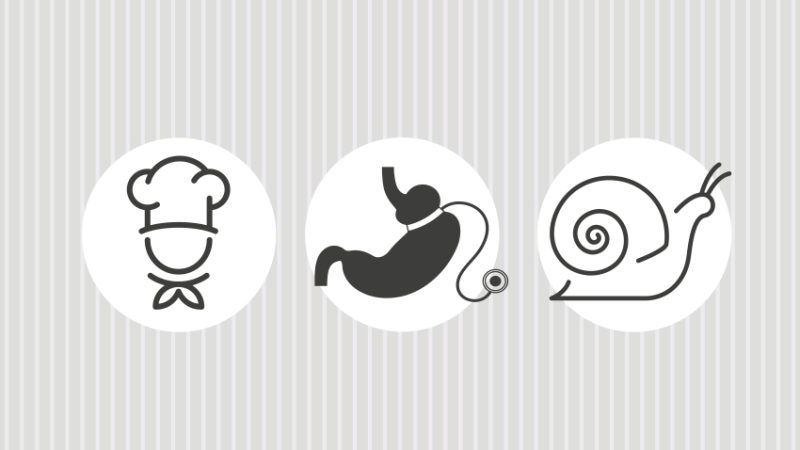‘If we plan and teach our 11-13 curriculum as we always have, we may short-change our students’

Never has the skill of great curriculum planning been more needed at KS3 than now, says Alex Quigley…

Teachers are a hardy bunch. We are used to working in a near-permanent state of change. Rebranding and re-planning is seemingly an annual affair, rather like Christmas – albeit without the presents, but with all of the arguments and complaints.
This current political cycle is perhaps more changeable than most. Our new curriculum is speeding by us on an accreditation conveyor belt, and as though we were in some Generation Game parody, we are trying to make coherent sense of it all as it flies past.
We all face new GCSEs and new A levels, whilst most of us are still getting to grips with a new KS3 featuring a wholly revised assessment model. Where do we find the time to do this well? And whence do we source the expertise for great curriculum planning? Answers on a postcard to Nick Gibb please.
Alternatively, I hope this article can give you some useful help. First, we need to start in the right place. If we are considering a new GCSE, we must initially ensure that our curriculum at KS3 is well planned and provides solid foundations for the next stage of students’ learning journeys. Given the significant changes that see new linear qualifications at 16, if we simply plan and teach our 11-13 curriculum how we always have, we may well short-change our students.
Backwards thinking
Very few teachers have ever been taught the expertise of curriculum design. Brushing up on a few planning essentials could be useful for all of us; we need to get back to basics and start to employ some ‘backward design’ [PDF].
Developed by Jay McTighe and Grant Wiggins, ‘backward design’ is a savvy approach to curriculum development. We have all undertaken ‘forward design’ at one point of our planning or another. In teaching English, for example, I would often be given a literature text, say Animal Farm, and go about thinking what teaching ideas I should deploy, before then conjuring up a final assessment.
The crucial tenet of ‘backward design’ is that you start with the knowledge and skills crucial to success at the end of the process – for example, our prospective GCSE examinations. Then you unpick the crucial knowledge and skills required before weaving that into every assessment as early as Year 7.
Now that we have accredited GCSE specifications, we should be evaluating whether our five-year span of secondary teaching and learning does the job of meeting the new tougher challenges at GCSE. Every subject teacher needs to be involved. They can bring to bear their experience and wisdom about what knowledge gaps students typically exhibit and what misconceptions they anticipate from their learners.
Solid understanding
Other existing models are handy to grasp as you go about becoming a confident curriculum planner. Devised way back in 1960 by Jerome Bruner, the concept of the Spiral Curriculum is well known to many; indeed, you can find it further discussed on Teachwire here). It provides a useful reminder that learning is a process of forgetting and remembering, learning and relearning. We need to artfully construct a KS3 founded on such repetition of knowledge and skill if we are to help our students meet the challenge at GCSE. The spiral is simply a model for revisiting concepts or topics, with an increasing degree of challenge.
Mastery is a buzzword that is all the rage in curriculum design right now, but it is a simple concept. Rather than a fixed path through KS3, mastery is an approach that takes account of students forgetting or simply not getting it.
80% is the magic number.
If, in any assessment, students don’t meet that mark or similar, then the teacher – and your KS3 curriculum – need to give scope to respond appropriately. We shouldn’t forsake consolidating learning for mere coverage of topics
Repetition, repetition, repetition
Again, we need to be working backwards. Consider the newest and most challenging knowledge and skills, then make sure every quiz,essay or product that we assess leads to that end. If they don’t master it first time, ensure that as you spiral back around that you reteach it well. If they fall below that 80% threshold, in whatever guise that looks like in your subject, ensure that they are retaught and reassessed in some meaningful way until they have grasped it.
Memorisation is a new focus for curriculum planners. How do we secure knowledge for our students in the long-term? Repetition is again vitally important. Spacing out our curriculum and leaving timely gaps is crucial, so that students have time to forget, relearn and then remember.
By mixing up our topics (the Spiral Curriculum helps us consider this), or ‘interleaving‘, as the fancy term goes, we can go about planning for some intelligent curriculum design, right from the start of Year 7 – thus giving our students every chance of success in Year 11 and beyond.
 Alex Quigley is an English teacher and director of learning and research and Huntington School. His latest book, The Confident Teacher, is available now, published by Routledge.
Alex Quigley is an English teacher and director of learning and research and Huntington School. His latest book, The Confident Teacher, is available now, published by Routledge.
For more information, visit www.theconfidentteacher.com or follow @HuntingEnglish











